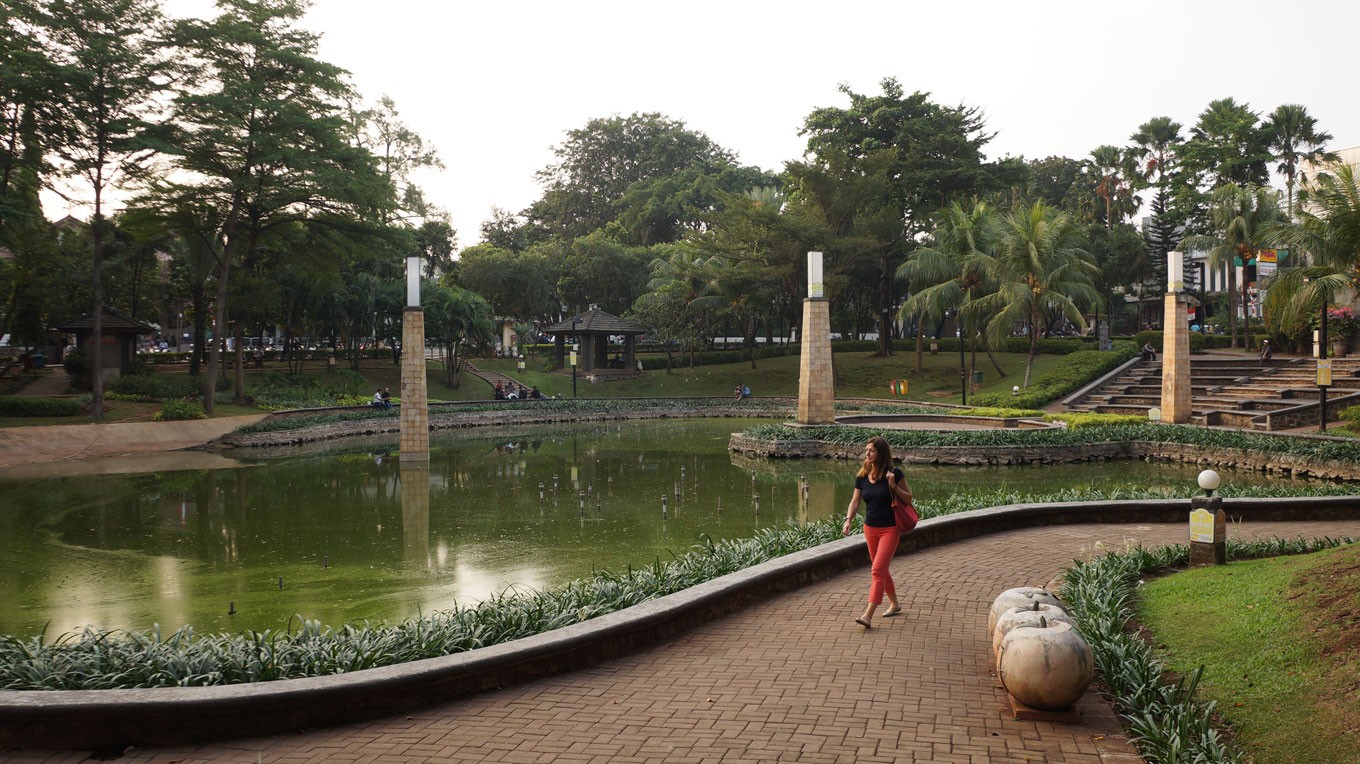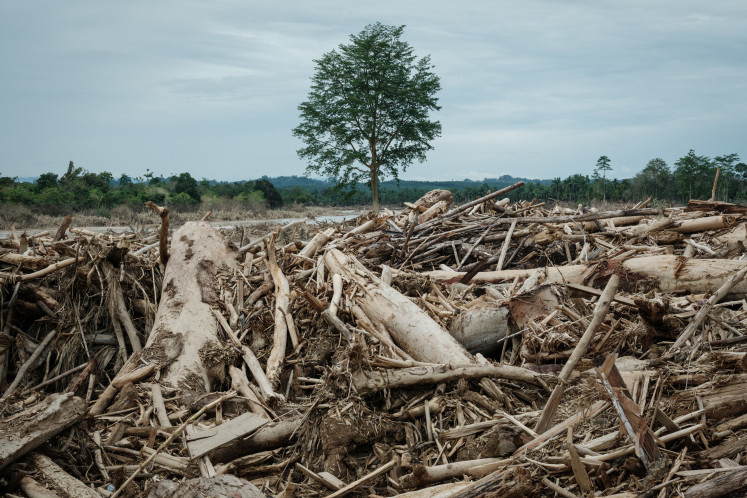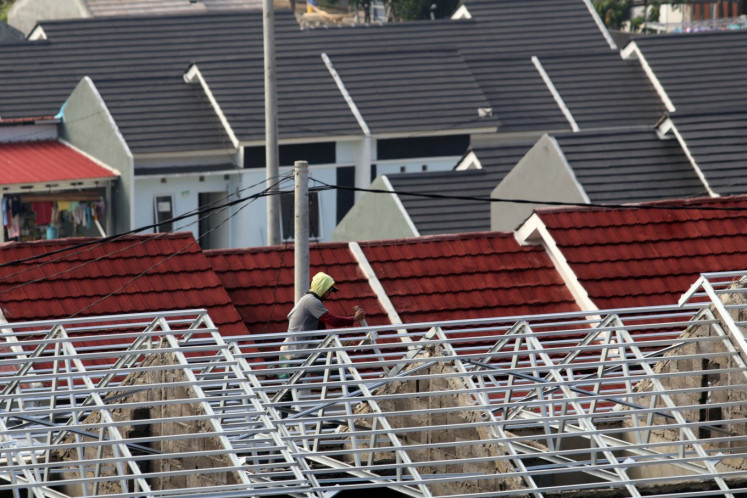Popular Reads
Top Results
Can't find what you're looking for?
View all search resultsPopular Reads
Top Results
Can't find what you're looking for?
View all search resultsWe need more parks to anticipate disaster threats
Parks are not all about recreation.
Change text size
Gift Premium Articles
to Anyone
I
n a world of “volatility, uncertainty, complexity and ambiguity”, cities will need more parks to help people prepare for disaster. Global threats, such as climate change, have increased and intensified disasters and their effects.
National Disaster Mitigation Agency (BNPB) data shows almost 2,000 disasters occur every year in Indonesia, 90 percent of them due to hydrometeorological factors.
The country, which is part of the “Pacific Ring of Fire”, with high tectonic activity also suffers from geological hazards. In 2018, liquefaction following an earthquake and tsunami in Palu, Central Sulawesi; and a silent tsunami triggered by volcanic activities at Mount Anak Krakatoa in the Sunda Strait, West Java, were new types, at least in Indonesia’s history.
Facing such challenges, Indonesia should be prepared to reduce the effects of disaster. Mitigation measures comprise structural and non-structural strategies.
Structural measures include development of infrastructure such as dikes, river normalization and enforcement of building codes.
Meanwhile, non-infrastructure measures include education, earthquake and tsunami drills, campaigns and capacity development of communities to prepare themselves for disasters and overcome them.
One rarely mentioned example of structural measures is parks, which usually consist of children’s playgrounds and are centers of sporting activities and networking. Parks have also become popular venues for musical concerts, festivals and other community activities.
In terms of disaster preparation, we should also consider the role of parks. In this open area, responders from government and humanitarian actors can set up emergency operation centers. Moreover, parks potentially provide space for shelters for internally displaced persons (IDPs).
In such situations, the parks would need to be facilitated with various amenities. First these would be water supply facilities both for responders and IDPs, toilets and latrine facilities.
Second, the parks also should have power outlets and enough lighting for normal conditions and emergencies. Fourth is the development of nearby warehouses to store logistics and equipment.
The fifth aspect is that parks also need to consider traffic arrangement in their surroundings. Good traffic management would enable the smooth entry and exit of vehicles with minimal congestion, thus supporting evacuation and logistics delivery.
Finally, parks should be far from disaster risks.
Additional facilities such as those related to health and education should be near the location of IDPs.
In many cities in Java, the traditional location of parks are in alun-alun (fields) in the middle of the cities. Their location in the middle of four different directions would serve diverse objectives. The east of the field are usually occupied by markets. The west side is usually the site of houses of worship, while government offices are in the north and southern sides. Such a setting is ideal for an emergency operation center and IDP camp.
Disaster management activities can run smoothly with such surrounding facilities.
However, such alun-alun are usually limited to one area in every city while disasters often happen in remote areas far away from such fields.
Therefore, similar fields might be smaller in scale but with similar surrounding facilities should be built in every subdistrict as part of mitigation against disasters.
***
Head of disaster risk assessment at the National Disaster Mitigation Agency (BNPB), Master of environmental management and development, Australian National University.










